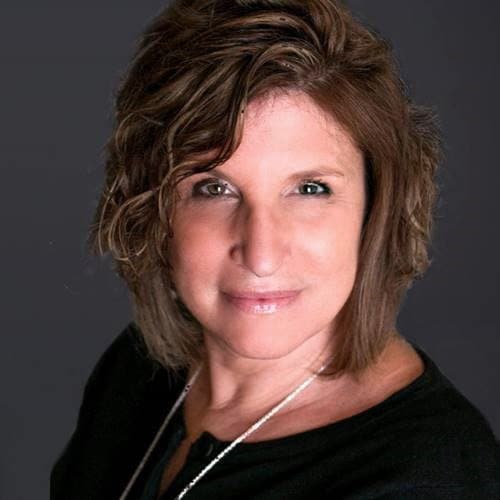Ask people who went to high school 20 years ago what they were told their future should look like, and you can bet most will say, “First go to college, and then get a job.” Increasingly, though, we’re seeing that career success can be unlocked in any number of ways that are far from linear. One might even go so far as to say that the linear high school – college – job model will soon be a thing of the past. More and more people are opting to explore blended pathways that start earlier, involve more hands-on and experiential learning, and that let them try several things before committing to any one career. At the heart of the blended pathways idea? A widespread push to make education more accessible to more people, therefore breaking down the barriers to good jobs and sustainable wages.
At this year’s ASU+GSV event, Tom Vander Ark of Getting Smart joined Chad Rountree of Propel America, Mary Esselman of Operation Breakthrough, Jonathan Johnson of Rooted School Foundation, Erika Giampietro of MA Early College Alliance, and Christine Fuglestad of ECMC Group. An impressive lineup, to be sure, and people who really know what they’re talking about when it comes to pathways. They convened to talk about a critical part of this democratizing force: the propagation of blended pathways.
What’s a blended pathway, you may ask? Simply put, it’s a pathway that starts in high school and that may include real-world work experiences, early college credit, and industry recognized credentials…all with a goal of unlocking career readiness, and ultimately financial freedom, at a younger age.
The goal behind blended pathways is to change the vision of what “success” looks like and widen access to opportunity. If implemented in a widespread way, this change will ensure that more people – including those from lower socioeconomic means or backgrounds not historically likely to pursue or complete college – can have a chance at finding their passion and achieving financial security. The goal of democratizing success is an urgent one. To date, college remains the ideal of success, yet it also remains a highly elusive – even evasive – pursuit for too many kids.
As Erika pointed out, “If you are a white student in Massachusetts, your chances of having a college degree within six years of high school graduation are 50%. If you’re black or Latino or from a low-income home, your odds are 20%.” On the other end of that, the “good” jobs have long been out-of-reach for those without a degree. In 2023, there is no justification for this kind of gatekeeping, when so many individuals need opportunity, and when so many workplaces need people.
Blended pathways are a proven way to get more people from a more diverse array of backgrounds into good jobs, without subjecting them to the often-overwhelming financial burden that the traditional college degree pursuit carries. In blended pathways, kids can start learning and unlocking skills earlier, make more strategic decisions about what type of education to pursue and where, and begin to realize earning power at a younger age.
What does a blended pathway look like in practice? Erika shared how this can work using the early college model. “[Kids take] strategically sequenced, transferable college courses during their high school day. Those courses count both for high school credit and college credit at the same time. They’re career aligned, and they cost nothing for families. At the same time, students are receiving significant wraparound support to ensure that they thrive and so that they are finishing high school with significant college credits. It’s reducing the cost; it’s reducing the time to get that degree. It’s also making sure students leave with the confidence and the habits and the skill sets to be successful in both college and career.”
To-date, there have been significant barriers to implementing such models, even from state to state. Christine spoke about the challenges of adoption in Minnesota, for example, and explained that some 88% high schools are offering some sort of dual enrollment program, but only 34% of students are participating. Challenges often range from the logistical (how to get high school students onto college campuses or into workplaces) to issues with credentialing (figuring out who gets what credential and from which entity).
However, more schools, education providers, and even employers are getting creative with solutions as they realize the shared benefits of extending what were historically adult experiences (college and work experience) to younger people. For example, Christine explained that in Burnsville, Minnesota, the early college credit option was made entirely available on the high school campus, negating the need for kids to travel and spend money getting to college.
The early college model, of course, is just one of many. Chad’s organization, Propel America, for example, offers tuition-free and employment-aligned credentials to high school graduates who are looking to enter the workforce imminently and without necessarily setting four years aside for a college experience. Apprenticeships, microcredentials, internships, and work-based learning are some of the other components that might form part of a young person’s blended pathway today.
Regardless of the specific learning and work experiences being discussed, this panel demonstrated something very exciting: the status quo is changing in a big way and the democratization of success is within sight. This sentiment is most succinctly summed up by Chad’s powerful words, “We’re proving that young adults from some of our overlooked communities have passion. They have purpose. And when that’s met with preparation and access, lives can be changed. “
Watch the full panel conversation here.




